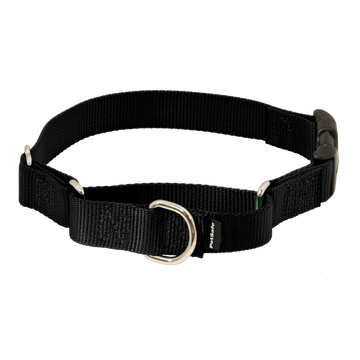The Surge Protector for Pet Fences protects your In-Ground Fence™ transmitter from potential power surges or spikes caused by lightning strikes. Plug the surge protector directly into your power outlet to connect it to your new or existing In-Ground Fence™ system. Your pet deserves the best. Trust PetSafe® to keep your pet healthy, safe and happy.
Features
- Helps protect your In-Ground Fence™ system from potential power surges
- Compatible with all PetSafe® in-ground pet fences:
- Stubborn Dog In-Ground Fence™
- Rechargeable In-Ground Fence System™
- In-Ground Cat Fence™
- Deluxe Little Dog In-Ground Fence™
- Basic In-Ground Fence™
- YardMax® Rechargeable In-Ground Fence™
- In-Ground Fence™
More Info
Visit our support site to learn how to setup the surge protector with your In-Ground Fence™.



